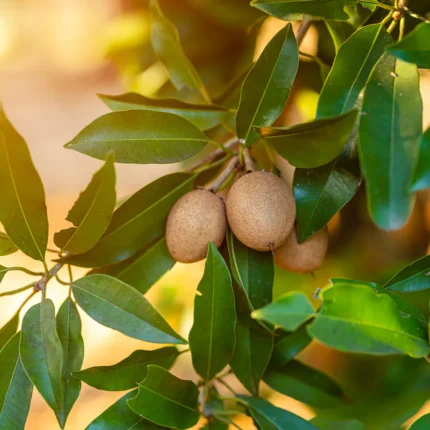The “Pakistani Pink” pomegranate is a popular variety known for its sweet and flavorful pinkish-red arils (the edible seed casings) and vibrant pink flowers. Here are complete details about planting, caring for, and harvesting Pakistani Pink pomegranates:
**Planting Season:**
1. **Time:** Pomegranates are typically planted in late winter to early spring or in the fall. Spring planting is common in many regions.
2. **Climate:** Pomegranates thrive in warm and arid or semi-arid climates. They are well-suited to regions with hot, dry summers and mild winters.
**Planting and Care:**
1. **Soil:** Pomegranates prefer well-draining soil with a slightly acidic to neutral pH. Amending the soil with organic matter like compost can improve its quality.
2. **Planting:**
– Select a well-drained location with full sun (at least 6-8 hours of direct sunlight per day).
– Dig a hole that is as deep as the root ball and twice as wide.
– Plant the pomegranate tree at the same level it was previously growing.
– Water thoroughly after planting.
3. **Spacing:** Pomegranate trees should be spaced at least 10-12 feet apart to allow for adequate air circulation and growth.
4. **Watering:** Pomegranates are drought-tolerant once established. Water young trees regularly to help them establish deep roots. Mature trees need less frequent watering, but they should be irrigated deeply during dry spells.
5. **Fertilization:** Fertilize pomegranate trees with a balanced, slow-release fertilizer in the spring and early summer. Follow the manufacturer’s recommendations for application rates.
6. **Pruning:** Prune pomegranate trees in late winter or early spring to remove dead or crossing branches and to shape the tree. Pomegranates can be pruned to a single trunk or to multiple trunks.
Rate will be change according to size









Reviews
Clear filtersThere are no reviews yet.